
How does the situation on the front stimulate inventing a new weapon? What special armored vehicle did the USSR created during the Second World War and what were the problems? Soviet aircraft designer Oleg Antonov completed this ambitious project in just a few months, and construction was carried out in conditions of complete secrecy during the Nazi invasion.
Focus translated the article of the national security editor The National Interest Brandon Weikhert, who told why there was a need for a flying tank and why this idea was not implemented. Scientific research and development in wartime are particularly creative. But the old Soviet arms projects created during various conflicts, in particular during the Second World War, seem completely crazy.
Take, for example, the "wings of the tank" A-40, which, as it follows from the name, was an armored car capable of wearing in the sky and descending in hostile positions, opening a new axis for a tank breakthrough. Created in the Eastern Front Days of World War II, Antonov A-40, also known as the Tank Wings, was unusual. In 1942 it was developed by the legendary aircraft designer Oleg Antonov.
This hybrid machine was essentially modified with a light T-60 tank, equipped with massive wooden wings and tail plumage. In the early 1940s, the Soviet Union had already experimented with the landing of parachutists and storms with the use of glider, realizing the strategic value of the penetration of troops into the rear of the enemy to disrupt supply chains, the capture of key objects and the surroundings of hostile armies.
But the Airborne Troops often lacked a firearm, and parachutists could only carry light weapons. Meanwhile, planers were usually limited to the transportation of infantry or small machines. Tanks with their thick armor and powerful guns were needed to break defense, but traditional methods of their transportation by air, including disassembly and assembly on Earth, were time -consuming and vulnerable to enemy attacks.
Successful use of the German troops of the Airborne Forces during the invasion of Norway and Crete in 1940–41 finally proved the need for armored support in such operations. Soviet military strategists have inspired by existing concepts, such as the proposal of American engineer J. Walter Christie since 1930 to create a winged tank. The USSR wanted to develop a method of delivering tanks with air directly to the front line. It is here that the legendary Oleg Antonov comes into this strange story.
The glider specialist, who subsequently developed the legendary Soviet aircraft An-2 and An-225, believed that he would be able to accomplish this titanic task. Antonov just worked at the Plerennery Institute in Moscow and quickly began to adapt a light T-60 tank under the glider. He chose the T-60 because it was the easiest of all the Soviet Red Army tanks at that time.
In order to make a tank suitable for flight, Antonov's team removed from it all the insignificant components, including weapons, ammunition, headlights and most of the fuel, thus reducing its weight by about two tons for flight tests. Then a massive wings of wood and textiles were attached to the tank, as well as a tail beam with control surfaces for planing. The wings were decorated with removable, which would allow the tank crew to drop them during landing and immediately join the Wehrmacht.
The design, conceived by Antonov and his team, did not have its own engine and relied on a towing plane, which lifted this monster in the air and then released a flying tank. Then the modified light tank T-60 was essentially planted for its purpose on the front line. Antonov completed this ambitious project in just a few months, and construction was quite secretly under the Nazi invasion of the Soviet Union.
The A-40 glider configuration was based on Antonov's experience in the development of heavy gliders, but integration of it with the tank was a truly unique task. One of the main problems was the perfect balancing of the center of gravity of such a tank to prevent instability in flight. The crew, which during the test flights consisted of one pilot, controlled the planeer from the inside of the tank, using modified control organs for maneuvering planet with cables connected to wings and tail.
Theoretically, this design made it possible to throw the tank to the height from which it could safely plan over the enemy territory and land on a level field or open road to join the paratroopers in the assault of fortified positions. On September 2, 1942, in the midst of the war between the Nazi Germany and the USSR, the only A-40 test flight took place near Moscow. Sergiy Anokhin, an experienced test pilot, lifted this incredible flying machine into the air.
The towing aircraft was chosen by a heavy TB-3 bomber, a four-motor giant of the 1930s. The trial began promising. The TB-3 successfully tore the A-40 from the ground after a short take-off, and the caterpillar of the tank provided the initial movement along the runway. But almost immediately there were complications. The additional resistance and weight of the tank led to overheating TB-3 engines, which forced pilots prematurely to remove the A-40.
Anokhin managed to control the decline: it flew a short distance and then landed on the belly in the field. Surprisingly, the tank received minimal damage, and the anokhin remained intact. Removing the wings, the pilot even drove the prototype back to the base, demonstrating the survivability of the tank after landing. Despite this partial success, the A-40 Antonov project was quickly rolled up.
The main problem was the absence of a corresponding towing aircraft: TB-3, already outdated until 1942, was hardly coped with such a load, and more powerful bombers, such as PE-8, were in the deficit and used primarily for bombardment. Modification of existing aircraft or development of new ones was considered too resource -intensive in the face of urgent needs of war.
In addition, the range of A-40 planner was limited to a few kilometers, and its vulnerability before anti-aircraft fire or intersecting terrain made the use of such a system in battle rather risky than profitable. A lightweight tank would still have to be rewritten and refueling after landing, which nullified the effect of the surprise that he had to handle the Germans.
The Soviet doctrine of the Airborne Troops eventually made a choice in favor of larger gluers capable of transporting light machines, and after the war, it switched to helicopters for armored vehicles. However, the legacy of Antonov A-40 remains an example of a creative solution to tasks in pressure conditions.
Although the flying tank has never participated in hostilities, it influenced the further concepts of arriving armored vehicles, such as the American M551 Sheridan tank, which could be drunk in the war. Today, A-40 is remembered thanks to large-scale models, documentaries and online discussions. He is rightly mentioned with warmth. Friedrich once said, "Courage, again courage, and always courage. " There is nothing more brave than building a flying tank in the midst of war. Brandon J.


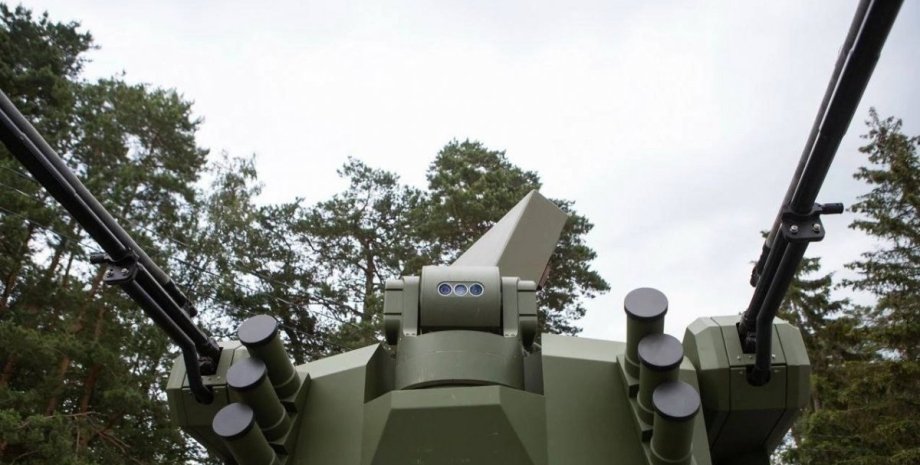
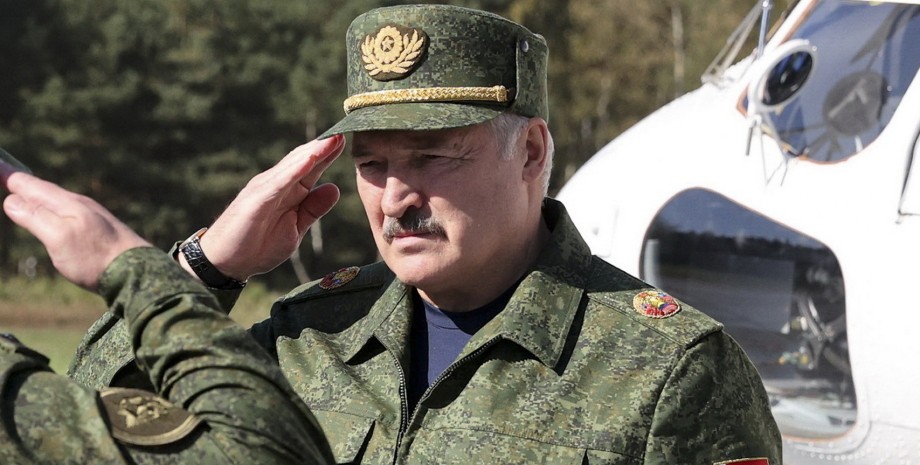
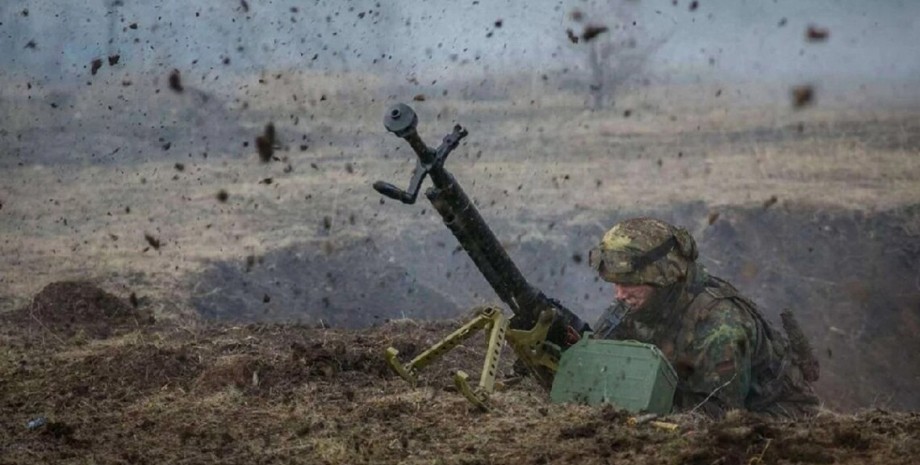

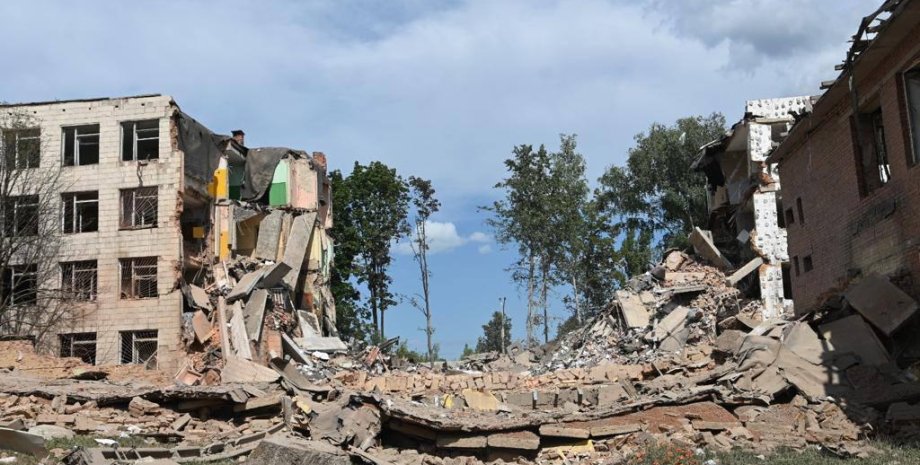
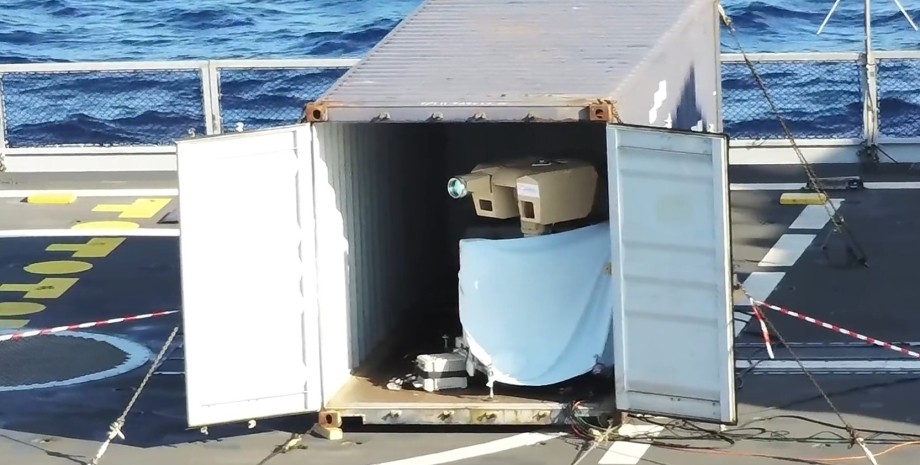
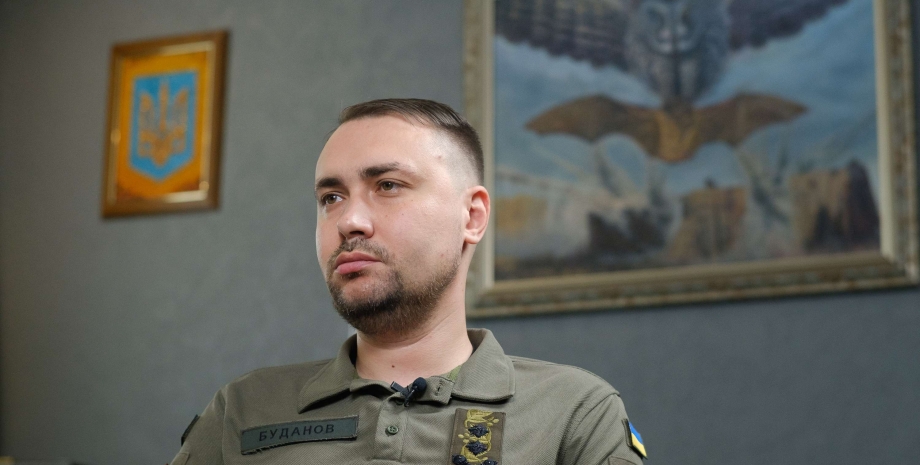
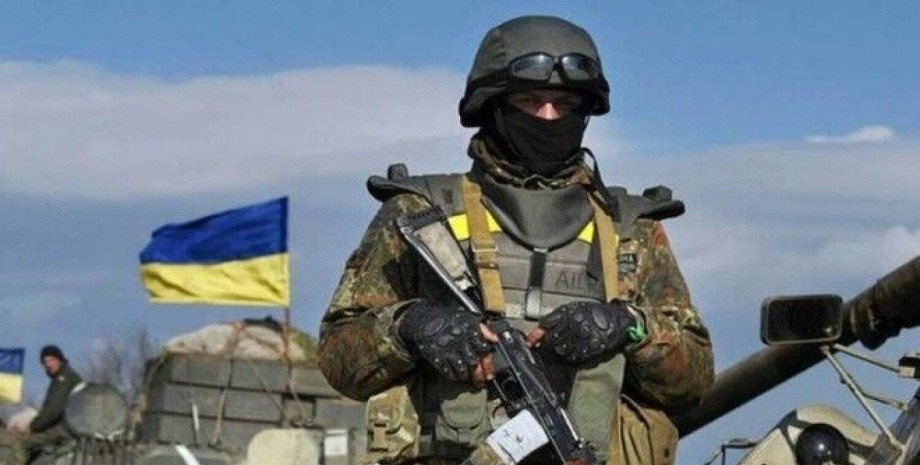
All rights reserved IN-Ukraine.info - 2022